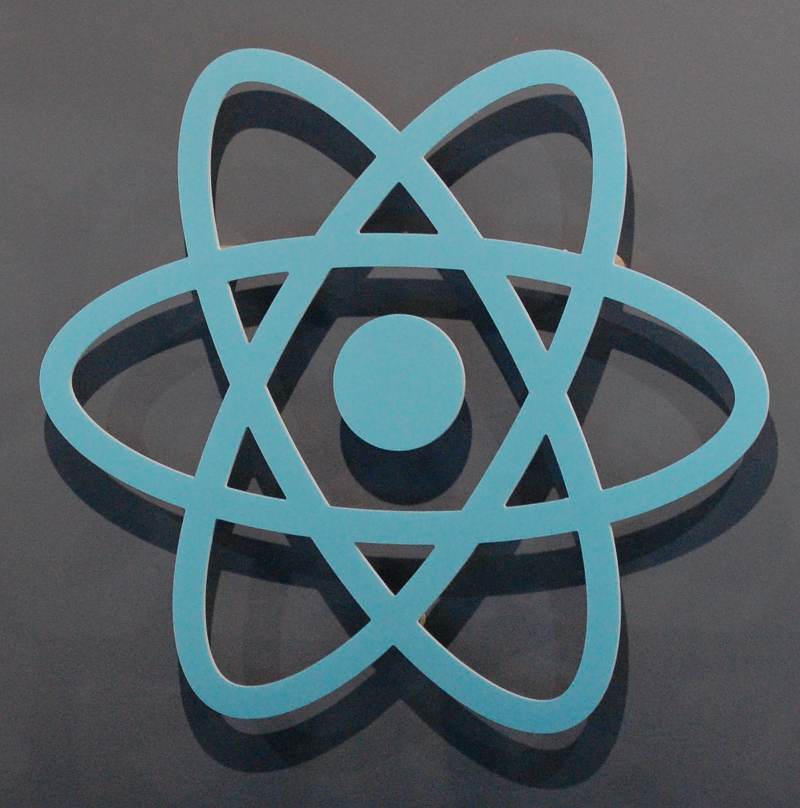
Developers can perform non-blocking operations, which enhances web app performance. Node.js is a free and open-source framework. Now, let us find out about the main Node.js features. The framework enables scaling up in line with the rising demand for their services. Uber, a two-sided carpooling service, said that Node.js is one of the most crucial tech solutions. The Trello team found Node handy for system updates, which need a lot of open connections. Trello, a project management app, uses Node.js for its server-side. In this way, Netflix has managed to decrease startup time by 70%. To solve these issues, the company has chosen Node.js for its fast speed and that it's lightweight. The platform faces problems of conditional dependencies and app scalability. Netflix, the leader of online video streaming, conducts A/B testing to provide 93 million users with a rich experience. Below we share why Node.js has become their framework of choice. Who uses Node.js?Ĭurrently, Node.js is used by many companies and has several famous clients, like Netflix, Trello, and Uber. Developers use this framework for hosting APIs, serving HTTP requests, and accessing the database. Node.js effective and lightweight because it uses an event-driven and non-blocking I/O model. Google Chrome's V8 JavaScript engine powers Node.js. Node.js is a technology to build the back-end of applications with JavaScript. After reading this article you will have a clear picture of what technology suits your project needs. Below we share the key features of Node.js and Reac.js and their pros and cons. If you want to find out which one you should use for your next JavaScript project, read on.


Still, they both have advantages and disadvantages, as well as particular use cases. The main difference between Node.js and React.js is, while Node.js a back-end framework, React is used for developing user interfaces. Both Node.js and Reac.js are JavaScript technologies, yet both of them are entirely different things.


 0 kommentar(er)
0 kommentar(er)
